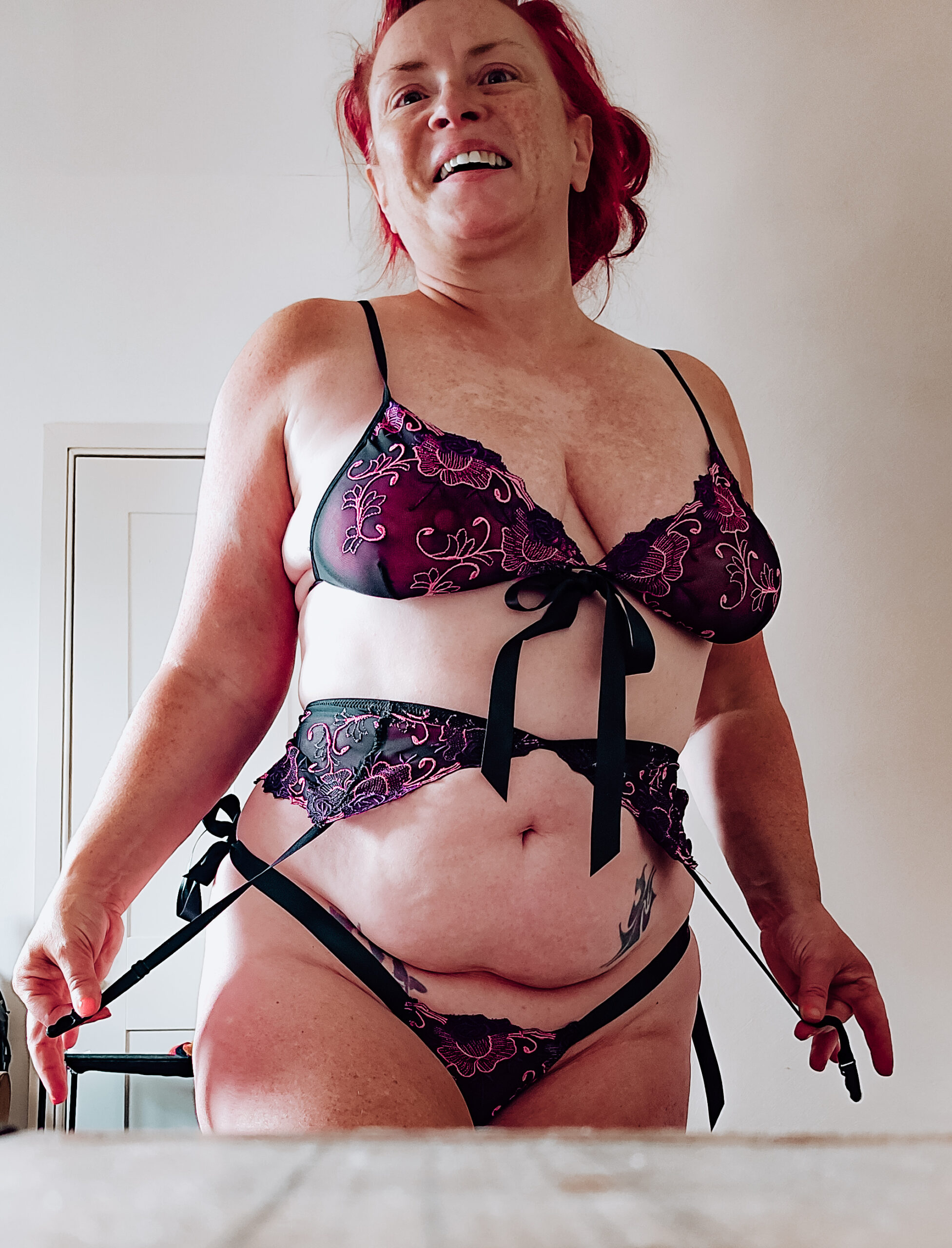The Evolution of Romance
From grand romantic gestures to casual encounters, the way we approach love and intimacy has constantly evolved throughout history. Modern dating, in particular, presents a unique landscape where traditional notions of relationships are being challenged by new dynamics like “situationships.”
From Courtship to Casual
From grand romantic gestures to casual encounters, the way we approach love and intimacy has constantly evolved throughout history. Modern dating, in particular, presents a unique landscape where traditional notions of relationships are being challenged by new dynamics like “situationships.” These undefined relationships blur the lines between friendship, dating, and commitment, leaving many individuals questioning their place within them.
- One significant factor driving this shift is technology. Dating apps and social media have broadened our options and increased the ease of connecting with potential partners.
- Simultaneously, societal expectations surrounding marriage and traditional partnerships are evolving, leading to more flexibility in how people choose to navigate their relationships.
- For some, situationships offer a sense of connection and intimacy without the pressures of exclusivity or long-term commitment. Others find themselves caught in these ambiguous arrangements, unsure of their status or future within them.
The Rise of the “Situationship” Label
Situationships can provide a sense of connection and intimacy without the pressure of traditional relationship labels. This appeal stems from a desire for companionship and emotional fulfillment while allowing for flexibility and autonomy. However, the lack of clear boundaries and expectations in situationships can lead to confusion, hurt feelings, and uncertainty about the future.
Understanding the dynamics of situationships is crucial for navigating modern dating successfully. Open communication, establishing clear expectations, and recognizing one’s own needs are essential for creating healthy and fulfilling connections, whether they evolve into committed relationships or remain as casual arrangements.
Defining Characteristics of a Situationship
Situationships, a relatively new phenomenon in the realm of modern dating, defy traditional relationship labels. Characterized by ambiguity and undefined boundaries, these connections blur the lines between friendship, casual dating, and committed partnerships.
Ambiguity and Blurred Lines
A defining characteristic of a situationship is the lack of clarity surrounding the nature of the connection. Those involved may engage in intimate behaviors or share emotional closeness, but the relationship lacks the formal definition or expectations associated with traditional dating or marriage.
This ambiguity creates blurred lines, leaving individuals uncertain about their roles and the future trajectory of the relationship. While some individuals may thrive in this undefined space, others find it emotionally draining and confusing.
Emotional Investment Without Commitment
A key characteristic of a situationship is the emotional investment involved without any clear commitment. Individuals deeply connect and share intimate moments but avoid defining the relationship or discussing exclusivity.
The absence of defined boundaries allows for flexibility and spontaneity, which can be appealing to those seeking casual connections or navigating evolving emotions. However, this lack of clarity can lead to misunderstandings, hurt feelings, and a sense of emotional instability.
Lack of Clear Expectations
Situationships, a relatively new phenomenon in the realm of modern dating, defy traditional relationship labels. Characterized by ambiguity and undefined boundaries, these connections blur the lines between friendship, casual dating, and committed partnerships.
A defining characteristic of a situationship is the lack of clarity surrounding the nature of the connection. Those involved may engage in intimate behaviors or share emotional closeness, but the relationship lacks the formal definition or expectations associated with traditional dating or marriage.
This ambiguity creates blurred lines, leaving individuals uncertain about their roles and the future trajectory of the relationship. While some individuals may thrive in this undefined space, others find it emotionally draining and confusing.
- A key characteristic of a situationship is the emotional investment involved without any clear commitment. Individuals deeply connect and share intimate moments but avoid defining the relationship or discussing exclusivity.
- The absence of defined boundaries allows for flexibility and spontaneity, which can be appealing to those seeking casual connections or navigating evolving emotions. However, this lack of clarity can lead to misunderstandings, hurt feelings, and a sense of emotional instability.
Factors Contributing to the Growth of Situationships
Modern dating has given rise to unique relationship dynamics, with “situationships” emerging as a prominent trend. These undefined connections blur the lines between friendship, casual dating, and committed relationships, leaving individuals navigating unfamiliar territory.
Changing Societal Norms
One significant factor driving the growth of situationships is the evolving landscape of societal norms surrounding relationships. Traditional expectations of marriage and long-term commitment are being challenged as people seek more flexibility and autonomy in their romantic lives.
Technology also plays a crucial role. Dating apps and social media have made it easier to connect with potential partners, increasing the pool of options and fostering casual encounters. This ease of connection can contribute to a culture where casual relationships are more readily accepted.
Furthermore, the rise of individualistic values emphasizes personal growth and self-discovery. People may prioritize their own happiness and goals over conforming to societal expectations about relationship structures.
Fear of Commitment
One significant factor contributing to the growth of situationships is the increasing prevalence of fear of commitment in modern society. Many individuals, influenced by factors like past relationship traumas or a desire for independence, may be hesitant to fully commit to exclusive relationships.
Situationships offer a way to experience intimacy and connection without the perceived pressures and responsibilities of a committed partnership. This appeals to those who are unsure about their readiness for long-term commitment or who prefer to keep their options open.
The ambiguity of situationships can also provide a sense of emotional safety. Individuals may feel less vulnerable to potential heartbreak or rejection since there is no clear definition of the relationship. This avoidance of vulnerability can contribute to the perpetuation of situationships, as individuals remain in these undefined arrangements rather than facing the complexities of commitment.
Desire for Flexibility
Situationships are gaining traction in modern dating landscapes due to a confluence of factors. The rise of technology has expanded our social circles and made it easier to connect with potential partners casually.
Simultaneously, societal norms around relationships are evolving, encouraging greater flexibility and autonomy. Many individuals prioritize personal growth and self-discovery over conforming to traditional relationship structures.
Furthermore, a prevalent fear of commitment in modern society fuels the appeal of situationships. These undefined arrangements offer intimacy and connection without the perceived pressures of exclusivity or long-term commitment, allowing individuals to explore their feelings and navigate relationships at their own pace.
Technology’s Role in Connecting and Communicating
One significant factor driving this shift is technology. Dating apps and social media have broadened our options and increased the ease of connecting with potential partners.
Simultaneously, societal expectations surrounding marriage and traditional partnerships are evolving, leading to more flexibility in how people choose to navigate their relationships.
The Pros and Cons of Situationships
Modern dating has given rise to unique relationship dynamics, with “situationships” emerging as a prominent trend. These undefined connections blur the lines between friendship, casual dating, and committed relationships, leaving individuals navigating unfamiliar territory.
Benefits: Exploring Options, Avoiding Pressure, Casual Fun
Situationships offer several benefits for those seeking a less conventional approach to romance. Firstly, they provide the opportunity to explore different possibilities without feeling pressured into making a long-term commitment.
Individuals can enjoy the company and intimacy of someone special while still maintaining their independence and freedom.
Another advantage is the casual nature of situationships. They allow for flexibility and spontaneity, catering to individuals who prefer a less structured approach to dating.
Without the weight of expectations or labels, situationships can be a fun and enjoyable way to connect with someone new.
Drawbacks: Emotional Rollercoaster, Unresolved Feelings, Uncertainty

While situationships offer certain advantages like flexibility and freedom, they also come with significant drawbacks. One major issue is the emotional rollercoaster that often accompanies them. The lack of clarity and defined boundaries can lead to constant uncertainty, making it difficult to develop a sense of security or stability in the relationship.
Furthermore, unresolved feelings are a common challenge in situationships. Individuals may find themselves developing strong emotional attachments without knowing if those feelings are reciprocated. This can create a painful experience, especially if one party is invested more deeply than the other.
Finally, the uncertainty inherent in situationships can be incredibly draining. The ambiguity surrounding the future of the relationship can lead to anxiety and stress as individuals constantly question their place and the trajectory of the connection.
Navigating Situationships Effectively
Modern dating has given rise to unique relationship dynamics, with “situationships” emerging as a prominent trend. These undefined connections blur the lines between friendship, casual dating, and committed relationships, leaving individuals navigating unfamiliar territory.
Open Communication is Key
Open communication is crucial when navigating situationships. Clearly expressing your expectations, needs, and feelings can help establish boundaries and prevent misunderstandings.
If you’re unsure about the nature of the connection or desire something more defined, have an honest conversation with the other person. Express your desires and listen attentively to their perspective.
Setting Boundaries and Expectations
Modern dating has given rise to unique relationship dynamics, with “situationships” emerging as a prominent trend. These undefined connections blur the lines between friendship, casual dating, and committed relationships, leaving individuals navigating unfamiliar territory.
Navigating situationships effectively requires a proactive approach and open communication. Establishing clear expectations and boundaries is essential for ensuring both parties are on the same page.
- Clearly Define Your Desires: Be honest with yourself about what you want from the connection. Do you seek casual intimacy, emotional support, or something more committed? Communicate your expectations to the other person.
- Set Boundaries: Establish clear boundaries regarding time commitment, exclusivity, and physical intimacy. These boundaries should be mutually agreed upon and respected by both parties.
- Communicate Openly and Honestly: Regular and open communication is vital for navigating situationships successfully. Share your feelings, concerns, and needs openly and listen attentively to the other person’s perspective.
Remember that situationships can evolve over time. What begins as a casual connection may develop into something more serious, or it may remain undefined. Be flexible and adaptable while prioritizing your emotional well-being.
Recognizing Red Flags
Navigating situationships effectively requires self-awareness, open communication, and a willingness to establish clear boundaries. Recognizing red flags is crucial for protecting your emotional well-being. Here are some warning signs that may indicate a situationship isn’t serving you:
- Lack of Communication: If the other person avoids discussing your relationship status or avoids addressing your concerns, it could be a sign they’re not invested in clarity.
- Emotional Rollercoaster: Constant uncertainty and fluctuating emotional responses suggest an unstable dynamic.
- One-Sided Effort: If you find yourself consistently initiating contact, making plans, or expressing your feelings while the other person remains passive, it may indicate a lack of genuine interest.
- Empty Promises: Repeated assurances that “things will change” without any tangible actions suggest a reluctance to commit.
Remember, you deserve clarity and respect in your relationships. If you find yourself consistently experiencing red flags in a situationship, it may be time to reassess the connection and consider whether it aligns with your needs and values.
Knowing When to Walk Away
Situationships can provide an appealing sense of connection without the pressure of traditional relationship labels. However, they often lack clear boundaries and expectations, which can lead to confusion, hurt feelings, and uncertainty about the future.
Knowing when to walk away from a situationship is crucial for protecting your emotional well-being. Here are some signs that it might be time to move on:
* **You’re feeling emotionally drained:** If you find yourself constantly worrying about the status of the relationship, feeling anxious about the future, or experiencing intense ups and downs in your emotions, it could be a sign that the situation is not serving you.
* **Your needs aren’t being met:** Are your emotional, physical, or intellectual needs consistently unmet in this connection? If you feel like you’re giving more than you’re receiving, or if your needs are repeatedly ignored, it’s time to consider whether this relationship aligns with your values and goals.
* **There’s a lack of communication:** Open and honest communication is essential for any healthy relationship. If the other person avoids discussing your feelings, avoids defining the nature of the connection, or dismisses your concerns, it suggests they may not be invested in creating a meaningful bond.
* **You see red flags:** Pay attention to warning signs like inconsistent behavior, empty promises, or a pattern of disrespect. If you consistently encounter red flags, it’s a strong indicator that this situation is not healthy or fulfilling.
Remember, your worthiness of love and respect shouldn’t depend on undefined relationship labels. Trust your intuition and prioritize your emotional well-being. If a situationship isn’t bringing joy, security, or growth into your life, it may be time to walk away and seek a connection that aligns with your needs and values.
Impact on Future Relationships
Situationships are increasingly common in modern dating, offering a unique dynamic where individuals can explore connections without the commitment of traditional relationships. However, these undefined arrangements come with their own set of complexities. While some individuals find comfort and intimacy within situationships, others may find themselves longing for more clarity and security. Understanding the potential impact on future relationships is crucial for navigating this evolving landscape effectively.
Lessons Learned from Experiences
Navigating situationships requires self-awareness and open communication to ensure both parties are on the same page.
- Emotional Investment: Be mindful of the emotional investment you’re making in a situationship. Recognize if your feelings are becoming more intense, and assess if it aligns with your desired level of commitment.
- Future Goals: Consider how this situationship might impact your future relationship goals. If you’re seeking long-term commitment, a situationship might not be conducive to fulfilling those aspirations.
Situationships can sometimes hinder the formation of healthy, committed relationships in the future.
- Habit Formation: Frequent experiences with situationships may lead to an expectation of casual connections and make it more difficult to fully commit to a traditional relationship later on.
- Emotional Baggage: Unresolved feelings from previous situationships can create emotional baggage that may negatively affect future relationships.
Learning from experiences in situationships is essential for growth and future relationship success.
- **Self-Reflection:** Take time to reflect on your experiences within situationships. What worked well? What didn’t work? What are your dealbreakers for future relationships?
- **Communication Skills:** Focus on improving your communication skills. Practice expressing your needs and boundaries clearly and respectfully.
Remember, healthy relationships are built on mutual respect, clear communication, and shared values. While situationships may hold a certain allure, it’s important to be mindful of their potential impact on your future relationship prospects. By learning from your experiences and prioritizing open communication, you can create more fulfilling and meaningful connections in the years to come.
Potential for Growth and Self-Discovery
Navigating situationships effectively requires self-awareness, open communication, and a willingness to establish clear boundaries. While they might offer flexibility and casual connection, understanding their potential impact on future relationships is crucial for personal growth and fulfillment.

Situationships can present both challenges and opportunities for self-discovery:
* **Challenge:** The lack of clarity and defined expectations in situationships can lead to emotional instability and uncertainty about the future. It requires navigating complex feelings and potentially confronting the fear of vulnerability.
* **Opportunity:** Situationships can provide a safe space to explore different relationship styles, understand your own needs and boundaries, and learn valuable communication skills. They offer a chance to experiment with intimacy and connection without the pressure of long-term commitment.
Ultimately, the impact of situationships on future relationships depends on individual experiences, communication patterns, and personal growth. By approaching them with self-awareness and open communication, individuals can leverage these experiences for valuable insights and create a path toward more fulfilling and meaningful connections in the future.
Preparing for Committed Relationships
Situationships present both challenges and opportunities for those navigating the complexities of modern dating. While offering flexibility and freedom from traditional relationship expectations, they often lack the clarity and commitment that many desire in future partnerships.
Understanding the potential impact of situationships on your future relationships is crucial for making informed decisions about how to invest your time and emotional energy.
**Here’s how situationships can influence future relationships:**
* **Formation of Expectations:** Frequent involvement in situationships can shape your expectations for relationships, potentially leading to a preference for casual connections over committed partnerships. This can make it harder to fully commit when seeking a lasting relationship in the future.
* **Emotional Baggage:** Unresolved feelings from past situationships can carry over into future relationships. This emotional baggage may manifest as trust issues, difficulty communicating needs, or a fear of vulnerability, hindering your ability to form healthy attachments.
To minimize potential negative impacts and create a stronger foundation for future relationships:
* **Self-Reflection:** Take time to honestly assess your motivations for engaging in situationships. Are you seeking connection, exploring possibilities, avoiding commitment, or something else? Understanding your underlying needs will guide healthier choices in the future.
* **Set Clear Boundaries:** When entering any relationship, clearly communicate your expectations and boundaries. This includes defining what type of connection you’re seeking and how much emotional investment you’re willing to offer.
* **Prioritize Open Communication:** Open and honest communication is essential for building trust and understanding in any relationship. Express your feelings, concerns, and needs openly and listen attentively to your partner’s perspectives.
Remember: Your worthiness of love and a fulfilling relationship is not determined by the type of connections you pursue. By prioritizing self-awareness, clear communication, and healthy boundaries, you can navigate situationships responsibly and create a path toward meaningful and lasting relationships in the future.
anvil sex
Read on to learn more
Catch up on the full content
- Why CBD Gummy Sweets Are Perfect For Beginners - November 10, 2025
- What Is The Best Neck Firming Cream That Really Works In The UK? - November 9, 2025
- What Are The Benefits Of Taking CBD Gummies For Mental Health? - November 8, 2025

